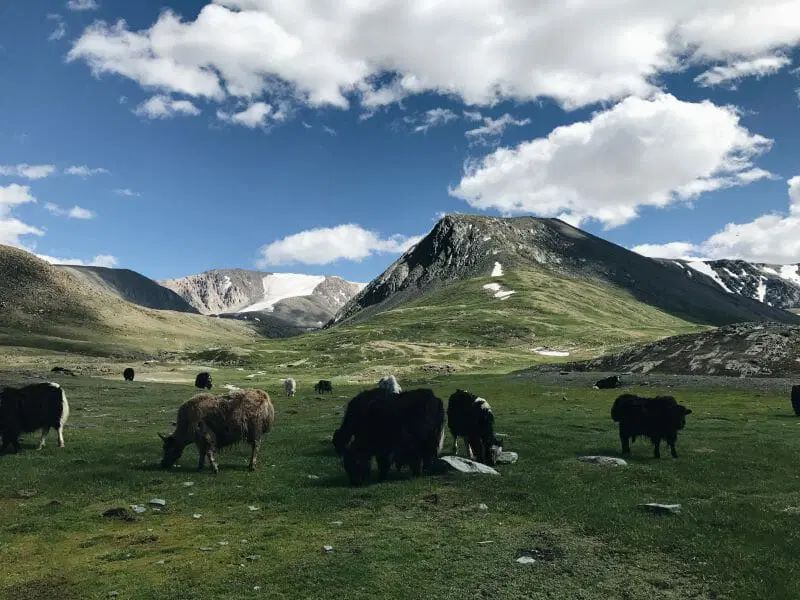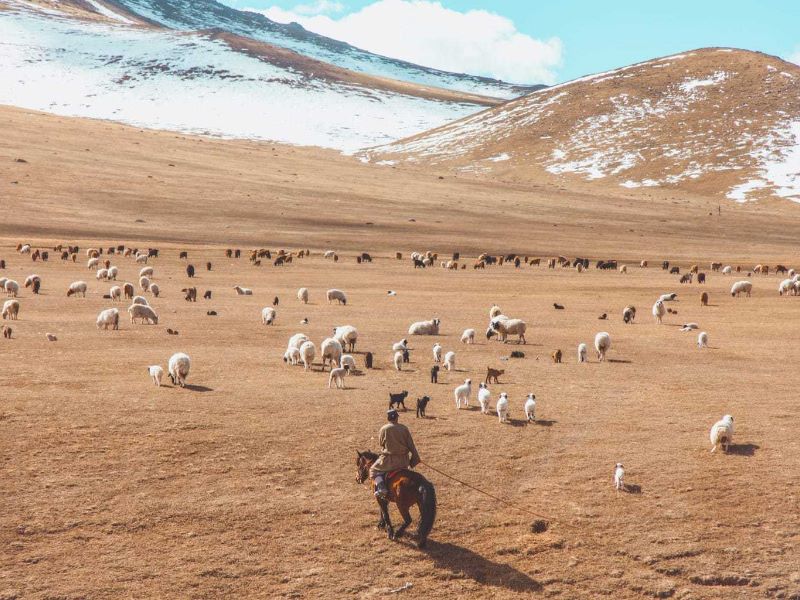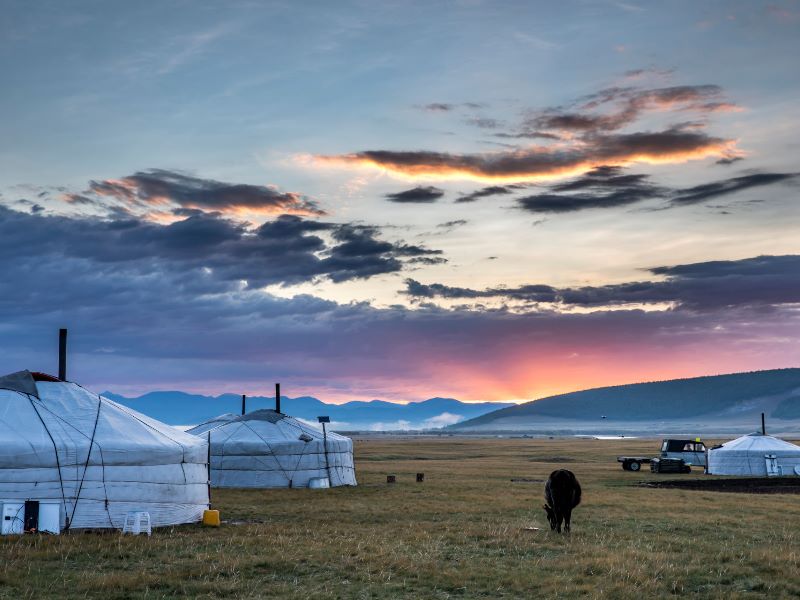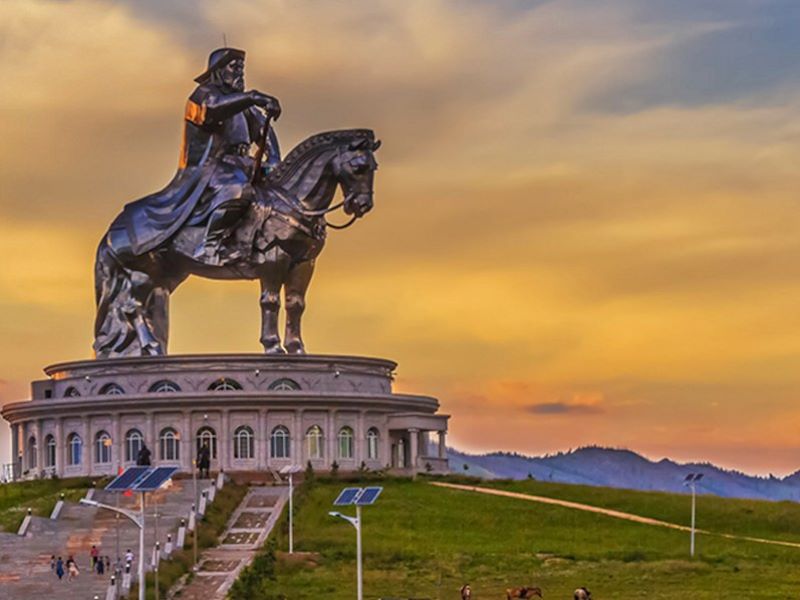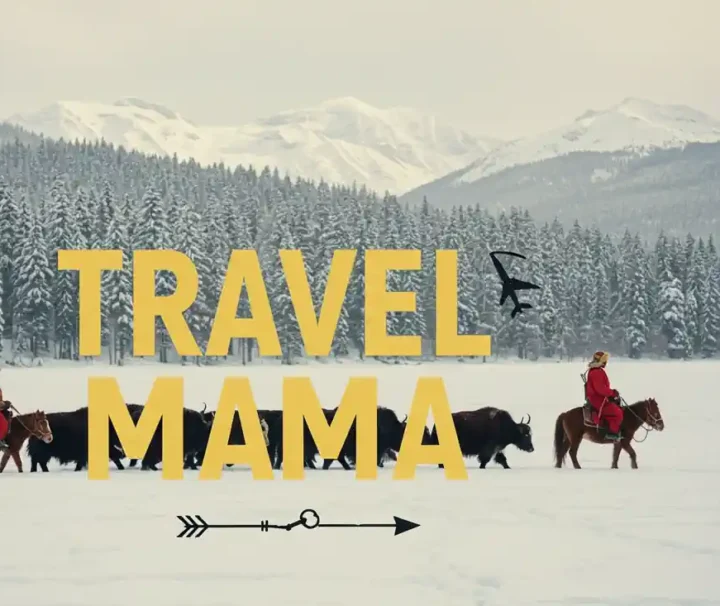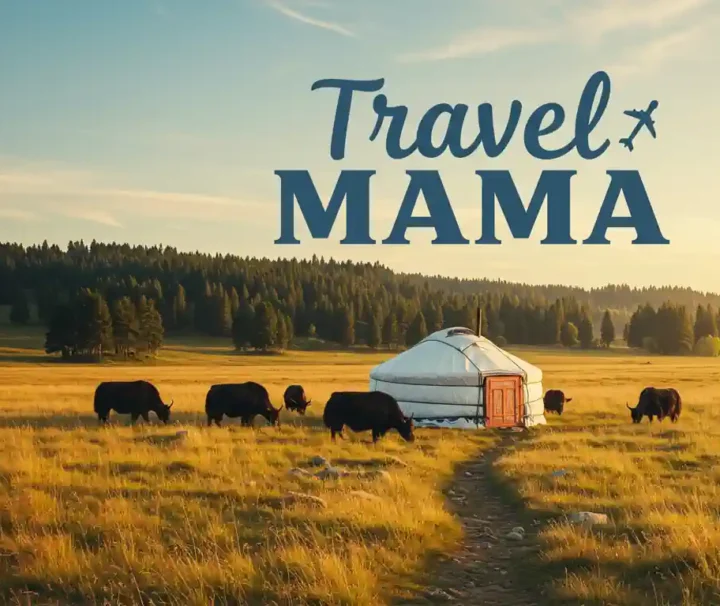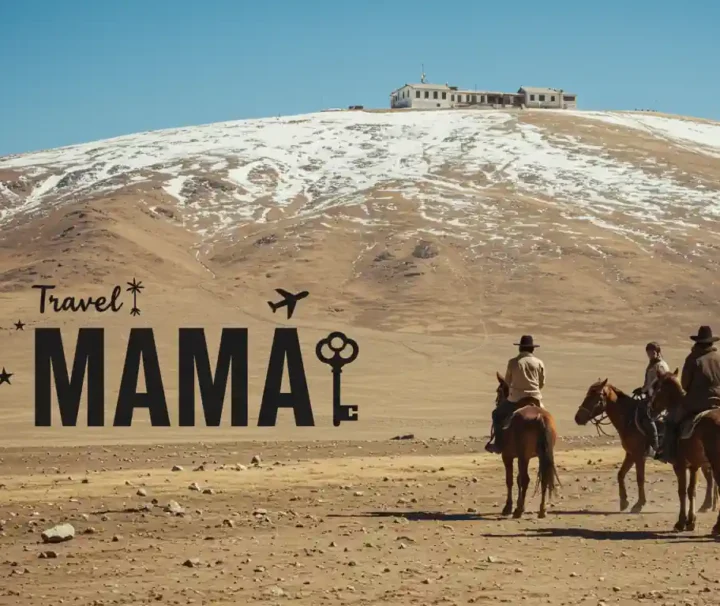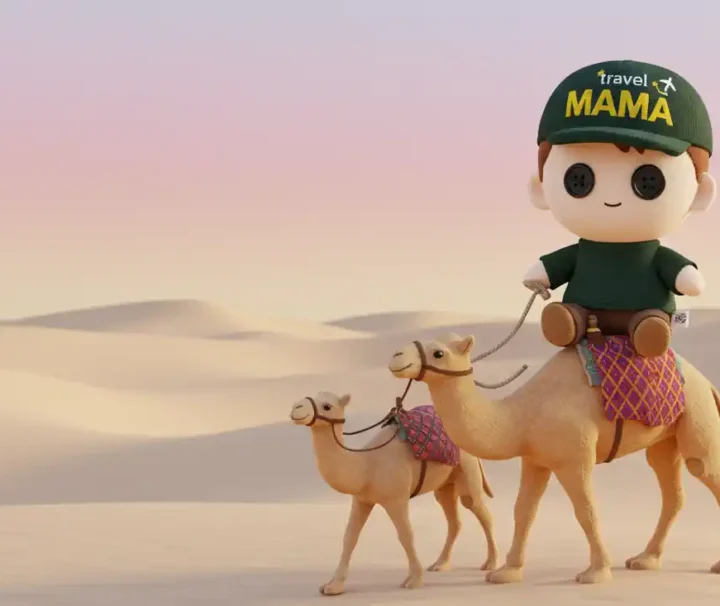Mongolia Travel Information:
Mongolia is an inland country located between East Asia and Central Asia, renowned for its stunning natural landscapes and rich cultural heritage. This country is known for its vast grasslands, spectacular deserts, and majestic mountains. Mongolia's natural beauty is awe-inspiring and attracts a significant number of tourists every year.
One of the major highlights of Mongolia is its expansive grasslands, often referred to as the "Mongolian Steppe." This endless expanse of grassland is home to nomadic herders, and you can experience their traditional way of life by riding horses across the grasslands and witnessing the vast blue skies and rolling clouds. Additionally, Mongolia boasts impressive desert landscapes such as the Gobi Desert and the Khongoryn Els sand dunes, which create an atmosphere of mystery and adventure.
In addition to its natural beauty, Mongolia also has a wealth of cultural heritage. The Mongolian people, the dominant ethnic group in Mongolia, have a long history and unique cultural traditions. You can visit traditional Mongolian dwellings known as "ger" or "yurt" to get a glimpse of the nomadic lifestyle. Furthermore, you can enjoy traditional Mongolian music and dance performances, which showcase the richness of their arts and culture.
During your visit to Mongolia, you can engage in various thrilling and enjoyable outdoor activities. Popular choices include trekking, horseback riding, rock climbing, fishing, and desert exploration. The country's natural environment provides ample opportunities to immerse yourself in nature and create unforgettable experiences.
Planning a trip to Mongolia
The climate in Mongolia is characterized by dryness and extreme seasonal variations. The best time to visit Mongolia is typically during the summer months (June to August). During this time, the weather is warm, the grasslands are in full bloom, and it's an ideal season for exploring the vast steppe and engaging in outdoor activities. However, summers in Mongolia can also have occasional rainfall and higher numbers of tourists.
If you enjoy cold weather and winter activities, you can consider visiting Mongolia during the winter months (November to February). This season offers abundant snow and ice, and you can participate in activities such as skiing, sledding, and ice fishing.
Spring (March to May) and autumn (September to October) are also options for travel to Mongolia, but the weather can be more unpredictable with more wind and temperature fluctuations.


